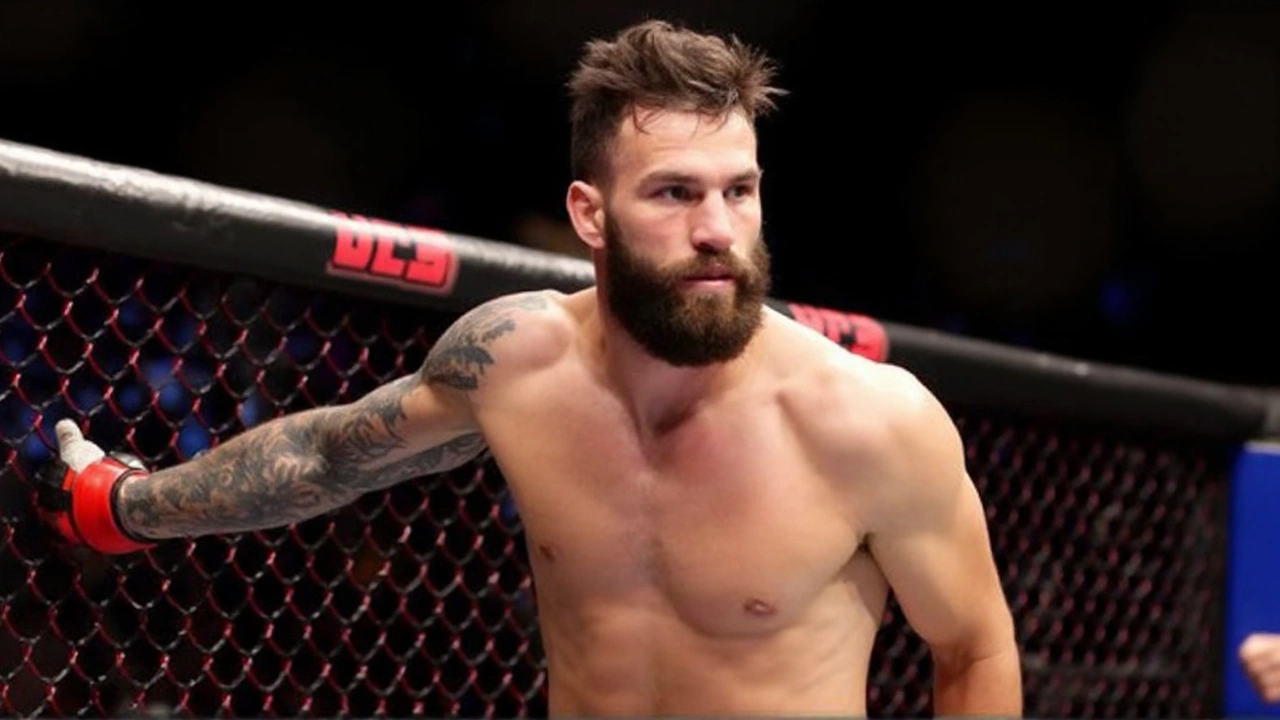Eating Disorder Basics for MMA Fans and Fighters
If you follow MMA, you know fighters rely on diet to stay strong, fast, and ready. But the line between disciplined eating and an eating disorder can be thin. Too many athletes push calories down to an unhealthy level, hoping to cut weight faster than they should. This not only hurts performance, it can damage health for years. Below we break down what to look for, why it matters, and how to eat smart without risking an eating disorder.
Common Signs You Might Be Missing
First, notice the habits, not just the numbers on the scale. A fighter who obsessively counts every bite, refuses meals, or hides food is raising a red flag. Sudden mood swings, fatigue, or a drop in training intensity often follow extreme dieting. If a teammate or coach constantly comments on weight loss, that pressure can push someone toward unsafe eating patterns. Look for secretive behavior – eating alone, flushing food down the toilet, or using laxatives. These actions signal that the athlete is more focused on the number than on fueling the body.
Physical clues are just as clear. Frequent dizziness, fainting, or feeling cold during warm‑ups point to calorie deficiency. Hair loss, brittle nails, and delayed recovery after sparring are warning signs the body isn’t getting enough nutrients. In the long run, bone density drops, increasing injury risk. Spotting these signs early can stop a problem before it becomes a chronic disorder.
How to Keep Nutrition Balanced and Safe
Weight cuts are a reality in MMA, but they should never compromise health. Start by setting realistic goals: aim for a gradual loss of 1‑2 % of body weight per week instead of drastic drops. Work with a sports dietitian who knows fight‑specific needs. They can design a meal plan that hits protein, carbs, and fats while keeping calories in a safe range.
Hydration matters as much as food. Many fighters think they can lose water weight and still perform, but dehydration reduces power and reaction time. Replace lost fluids with electrolyte‑rich drinks, not just water, to keep muscles firing properly.
Meal timing can help avoid the urge to binge or skip meals. Eat a balanced snack 60‑90 minutes before training – a banana with peanut butter or a small yogurt with oats works well. After a session, refuel with protein and carbs within an hour to jump‑start recovery. This routine trains the body to expect regular fueling, reducing anxiety around food.
Finally, mental support is key. Talk openly with coaches, teammates, or a sports psychologist about weight‑cut pressures. A supportive environment makes it easier to admit struggles and get help. Remember, a fighter’s career lasts longer when they stay healthy, not just when they make a quick cut.
Eating disorders aren’t a weakness; they’re a health issue that anyone in combat sports can face. By watching for the signs, staying educated, and using professional guidance, fighters can hit their weight goals without damaging their bodies. Keep the focus on performance, not just the scale, and the fights will thank you.
- Kaius Farrell
- 0 Comments
UFC: Paul Craig says weight cut to middleweight triggered eating disorder, eyes return to light heavyweight
UFC veteran Paul Craig says his move to middleweight led to an eating disorder, hormone issues, and repeated infections after extreme cuts from 220 to 185 pounds. After one win, he dropped three straight and will return to light heavyweight, where he beat Magomed Ankalaev and Jamahal Hill. Craig is speaking up to push other fighters to seek help.
View More